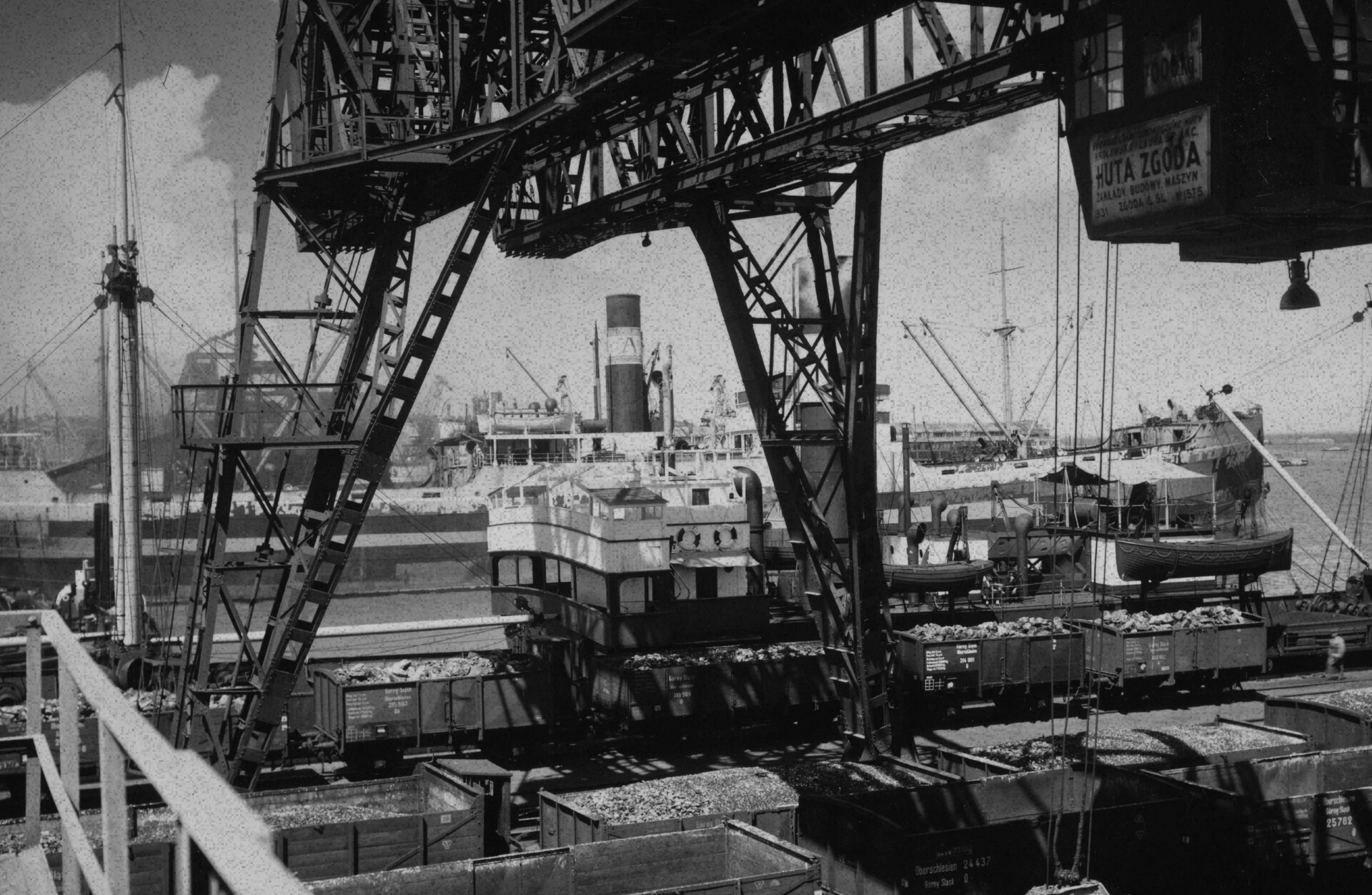
Gdynia
Poland with access to the sea! Just without a port…
‘He who possesses the Vistula estuary and Gdańsk,’ wrote Frederick II in his political testament, ‘will be a greater master of Poland than he who rules it. The borders of the reborn Polish-Lithuanian Commonwealth were formed during four years of wars, uprisings, plebiscites and decisions made by the victorious powers in the First World War. By the decision of the latter, Gdańsk, a city and port at the mouth of the Vistula, was not incorporated into the newly formed country. Poland received only a narrow strip of coastline with only a few fishing settlements besides beaches.
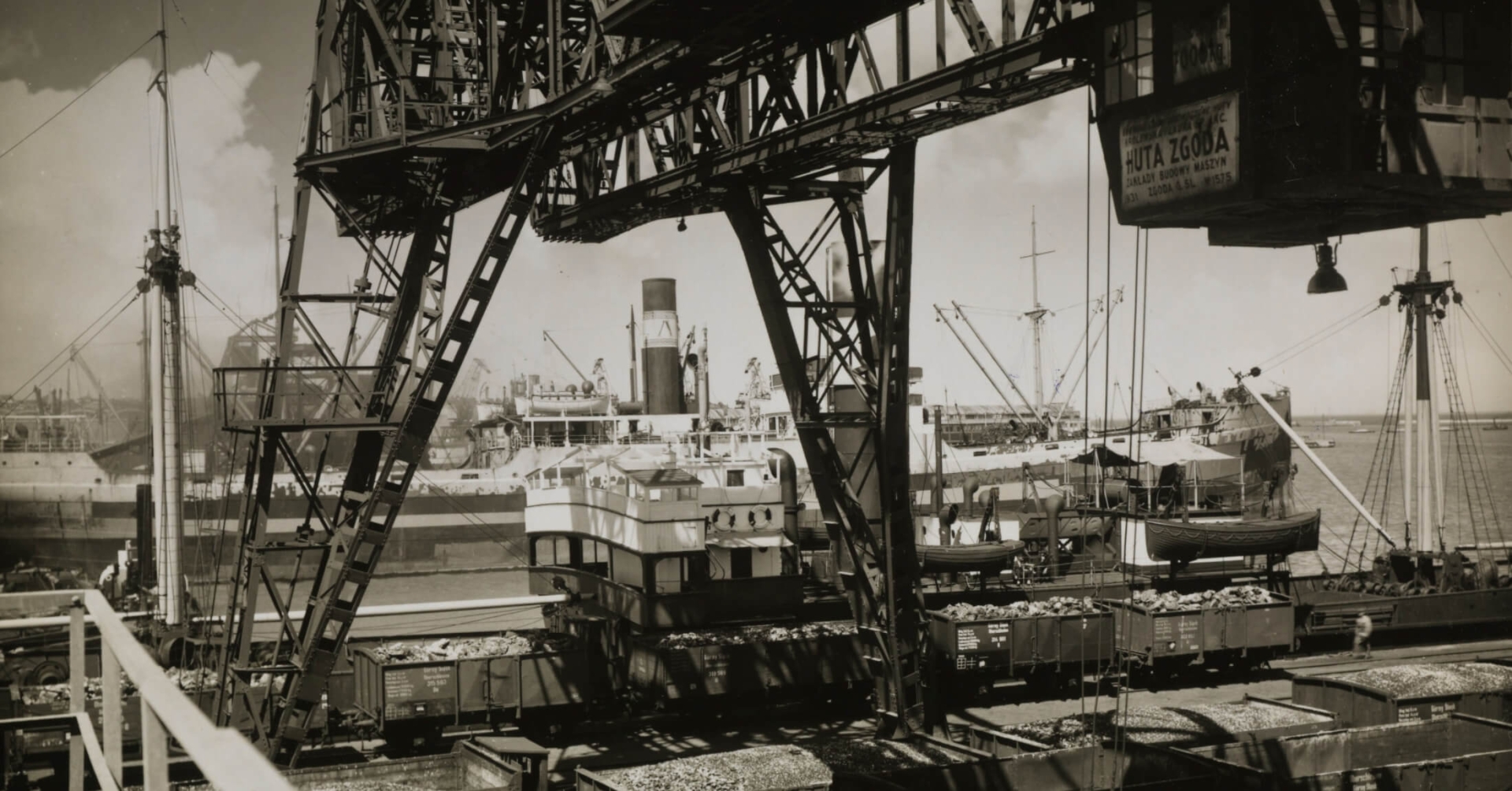
This meant that after Poland regained its independence it did not have its own seaport, even though it was the sixth largest country in Europe. To change this, in 1920 the government decided to build a port in a small settlement, which was Gdynia at the time. Thus began a story that is one of the most spectacular examples of the economic development of the Second Polish Commonwealth.
In a dozen years or so, a small fishing village with only 1,300 inhabitants turned into a modern city with 130,000 inhabitants. It also developed a port infrastructure, a shipyard and passenger shipping (including regular transatlantic flights).
On the 10th of February 1926, Gdynia was granted city rights. Five years later, the weight of cargo handled by the port exceeded 2 million 650 thousand tonnes registered at the entrance, and the same at the exit. Ships from Sweden, Poland, Germany, Denmark, France or the USA called at the city.
In the mid-1930s. Gdynia was already the most modern reloading port in Europe and was ahead of the neighbouring Gdańsk in this respect. Until the outbreak of the Second World War, 80 percent of the country’s exports and 65 percent of imports passed through the local port. Calling pre-war Gdynia the Polish window on the world was therefore not an exaggeration.
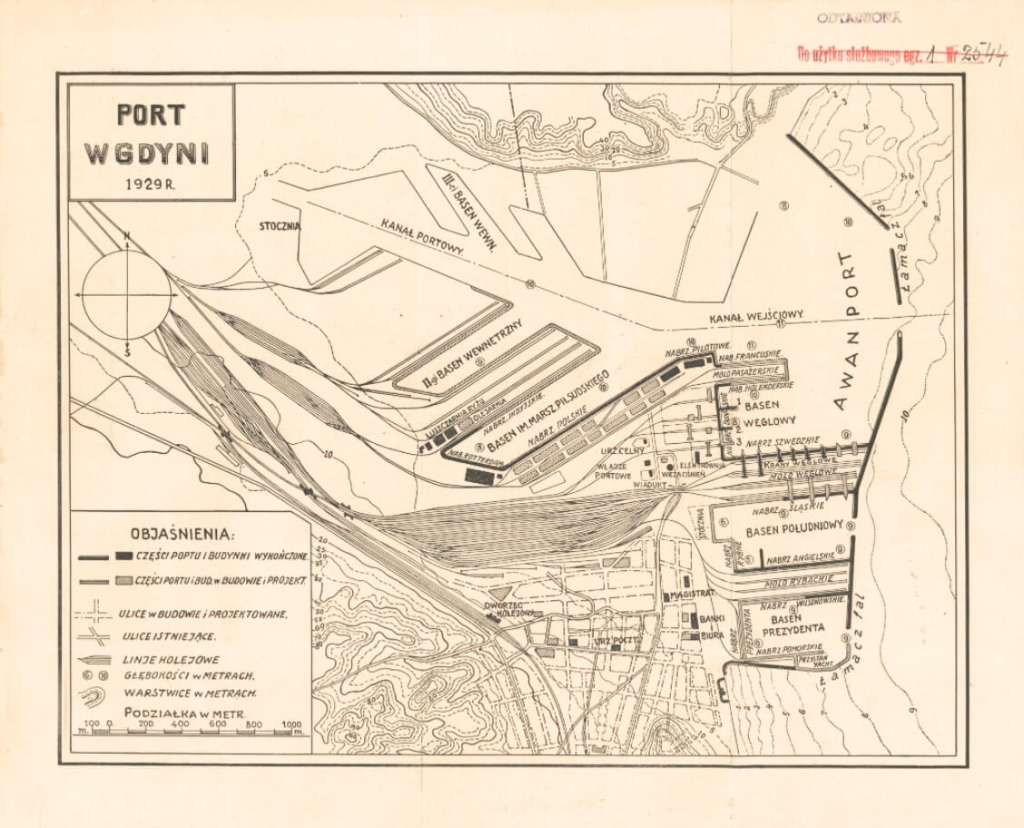
BGK’s investments helped the city develop
In 1925, the first president of BGK, Dr Jan Kanty Steczkowski, arrived on the coast. As the press reported, the president instructed him to organise and open a branch of the powerful institution B.G.K. in the fishing village of Gdynia. When asked for whom and why he was opening a bank branch in such a remote area, Steczkowski replied briefly:
My customers will be the fishermen of the Polish coast.
The first investment of Bank Gospodarstwa Krajowego that was directly related to Gdynia was the establishment of a joint stock company in 1925, operating under the name of the Marine Shipping Society. Its initial capital amounted to 10 million zlotys.
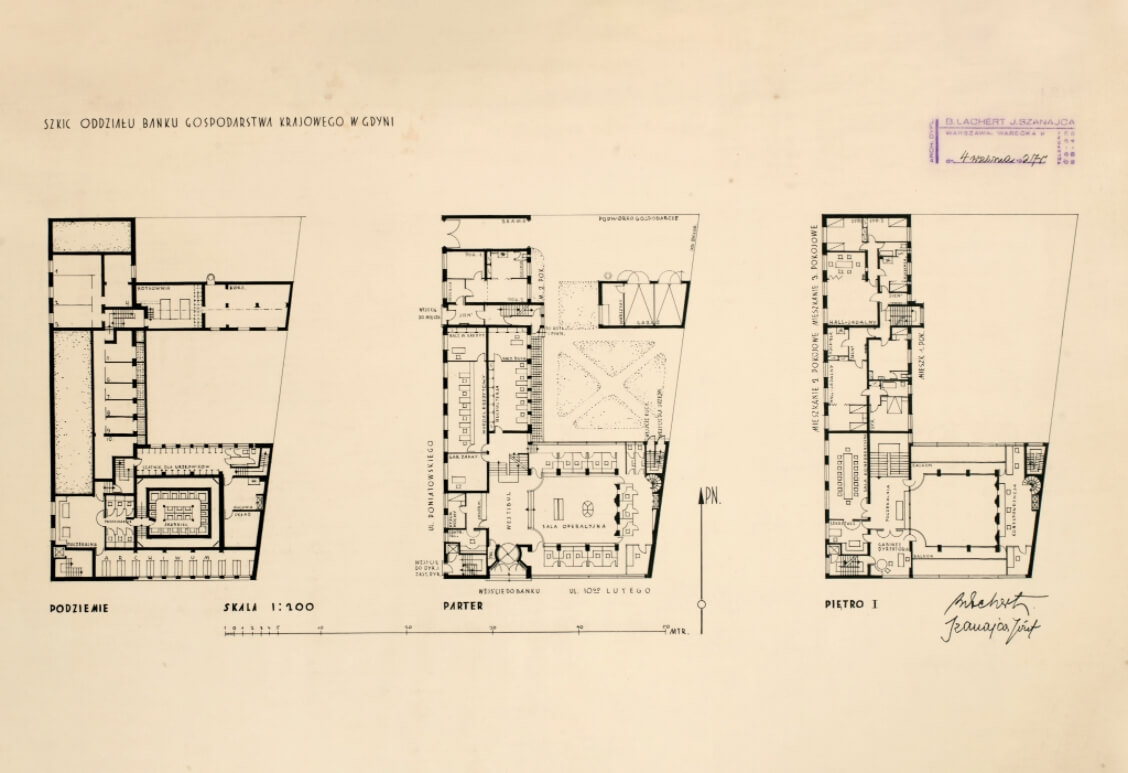
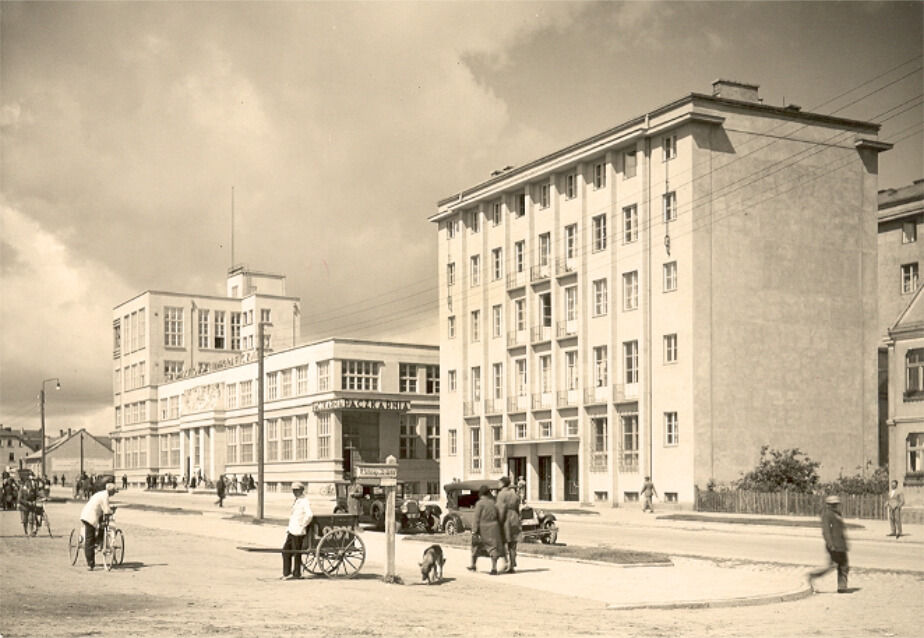
A year later, Bank Gospodarstwa Krajowego granted the first long-term loans for the construction of shipyards. Subsequent loans were granted for the development of urban infrastructure, foreign maritime trade and crafts financing transactions of a pioneering nature or of particular economic importance. Over the following years, long-term loans formed the core of BGK’s policy for financing the construction of Gdynia.
In 1927, the bank bought part of the shares in the Polish Sea Fishermen’s Association. And a year later, Gdynia received a loan from BGK for almost 4 million zlotys in municipal bonds. This was one of many loans the city received at the time.
One of the most important challenges facing the port of Gdynia at the time was to obtain an efficient source of electricity for it. The existing hydroelectric power plant in Gródek proved inadequate in this respect. The problem was solved by an $850,000 loan for the construction of a hydroelectric power station in Zurek and the expansion of the electrical grid to provide energy for the expanding city and port of Gdynia. The state-of-the-art investment in Żur was built at an express pace. The hydroelectric power station was put into operation in 1929. At the time, it was the largest facility of its kind in the country.
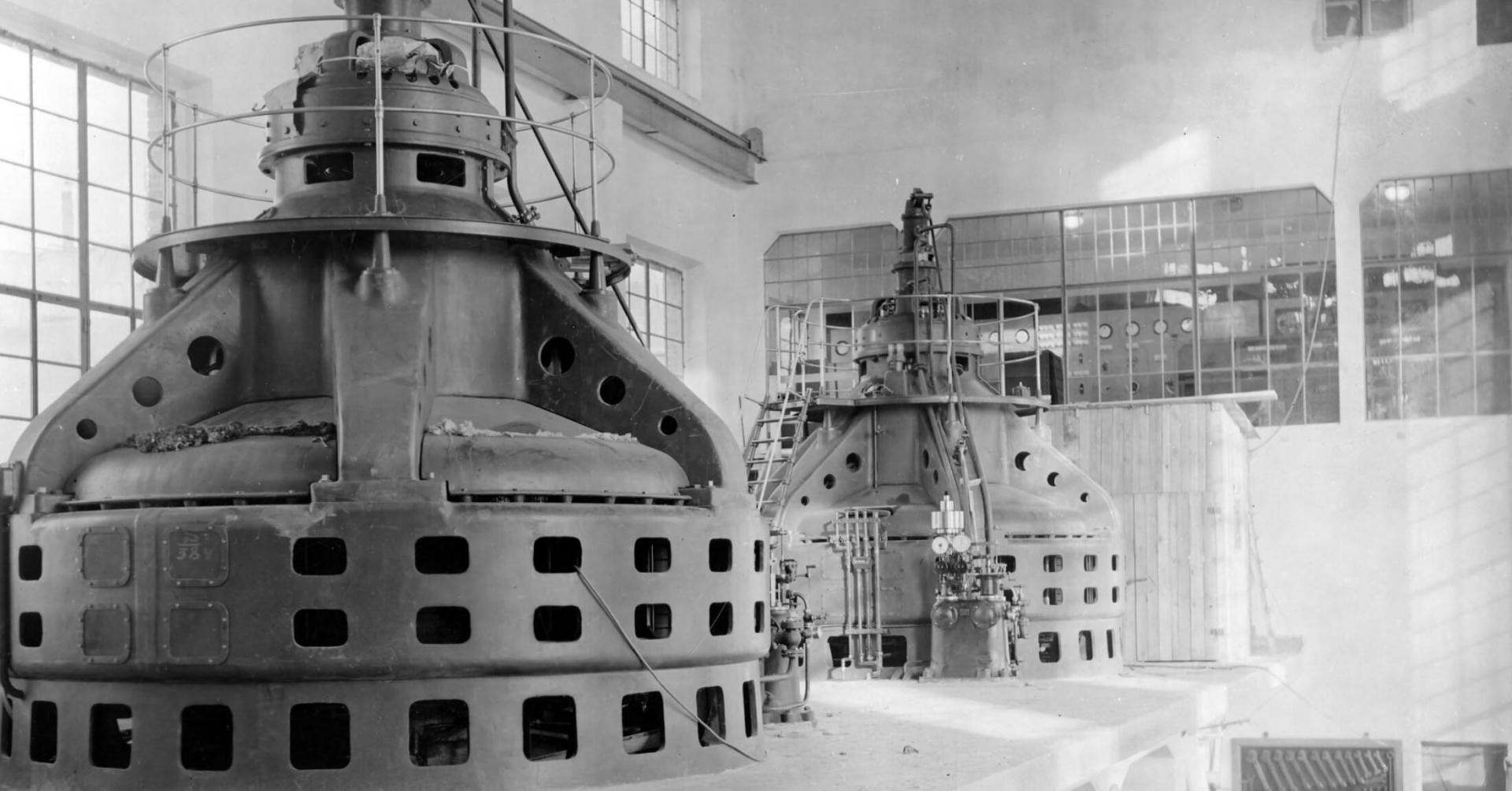
Icons of Polish Modernism
Material traces of the involvement of Bank Gospodarstwa Krajowego in the construction of the new Polish port are still visible today. Two of them are almost architectural symbols of Gdynia. In June 1928, construction began on the new headquarters of the BGK branch, at 10 Lutego Street. It was designed by Konstanty Jakimowicz, an architect working at the bank’s head office. The modern building, together with a wing with flats for employees, was opened in August 1930. It was characterised by its – simple massing, distinguished by rhythmic pilasters and elegant rustication. The stylish grilles on the façade still feature the anagram B.G.K.
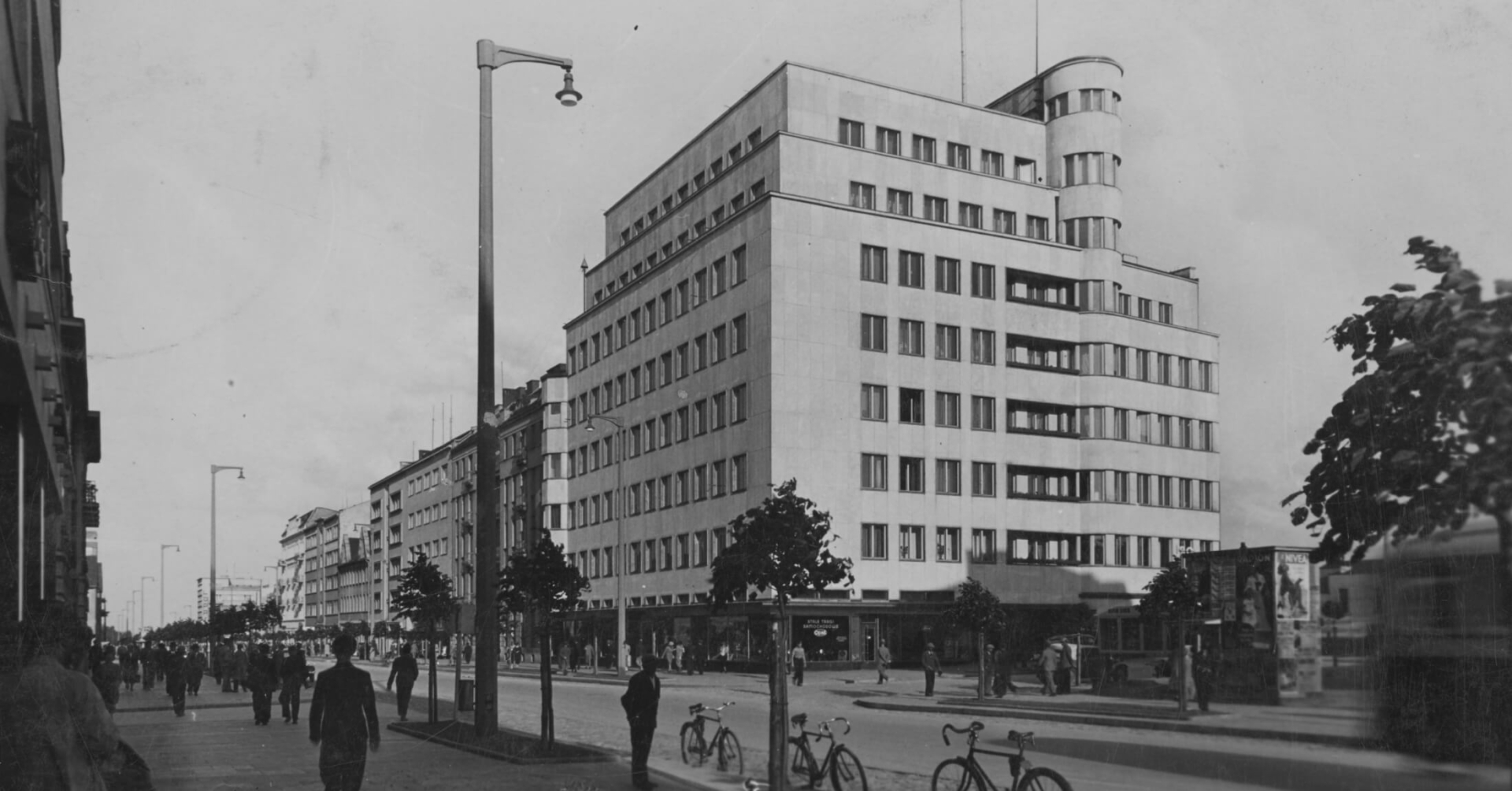
Probably the most famous pre-war construction project financed by BGK from its pension fund is the largest residential building in pre-war Gdynia. In 1935, at the corner of 3 Maja and 10 Lutego Streets, construction began on a building designed by Stanisław Ziołowski. Today, architectural historians refer to it as one of the flagship examples of Gdynia’s interwar modernism. The shape of the Bankowiec, as the building was named, was strongly inspired by the appearance of transatlantic liners. Completed in 1938, the building was equipped with a system of shelters, air filtration and – attention! – an underground car park. Due to its then record height (as high as seven stories), the building had to be approved by the Civil Aviation Department. This permit was successfully obtained, so that the Bankowiec still towers over the city skyline today.

As it did 100 years ago, BGK finances the development of Polish and European ports. It is part of a consortium financing the construction of the Baltic Hub – the largest container port on the Baltic Sea, an important logistics centre connecting Asia and Central and Eastern European markets. This is part of BGK’s business model programme “Infrastructure, transport and logistics”, which aims to strengthen the position of Polish seaports in the Baltic Sea basin. They are to play the role of leading hubs in north-south supply chains.
